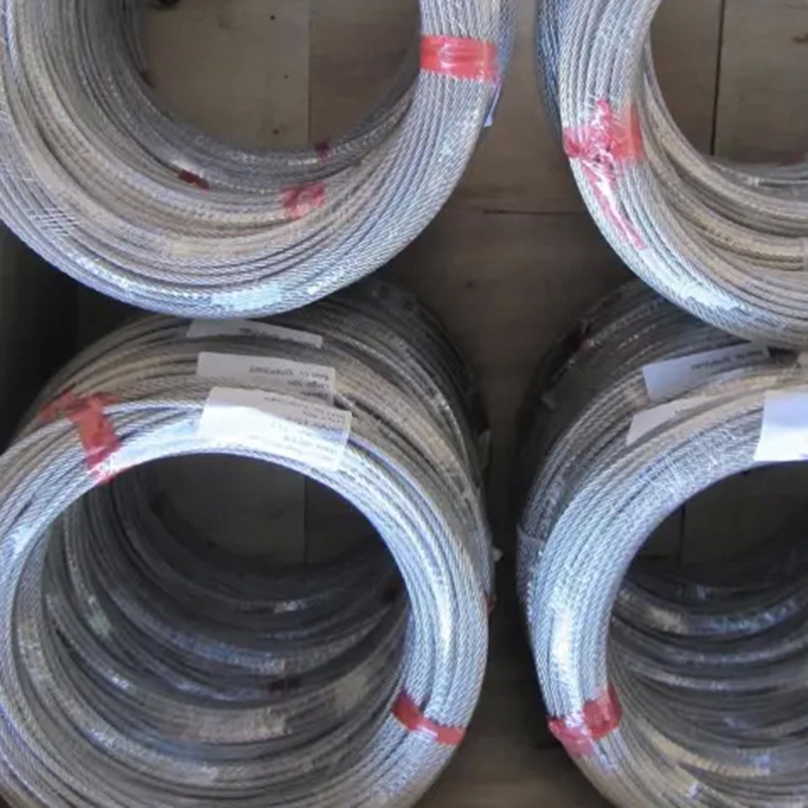The transformation and upgrading of urban security cannot be delayed
In the wake of the release of China's first *Guo'an Blue Book*—titled *China Security Research Report (2014)*—a growing emphasis has been placed on the urgent need for urban security upgrades. The report highlighted a concerning trend: terrorist activities are spreading geographically, with government institutions and gangs increasingly targeted. This warning came just hours before a violent stabbing incident at Guangzhou Railway Station, underscoring the urgency of the situation.
On May 6th, as the Guo'an Blue Book was unveiled in Beijing, security officials across the country were already mobilizing. That same day, three senior ministers from the Ministry of Public Security visited key railway stations in Changsha, Beijing, Shanghai, and Suzhou, stressing the importance of maintaining strong counter-terrorism measures and ensuring rapid response capabilities. These visits followed a string of recent terror attacks, including incidents at Kunming and Urumqi railway stations, which have raised alarm across the nation.
The publication of the Guo'an Blue Book signals a shift in strategy, not only focusing on law enforcement but also emphasizing the critical role of technological protection in modern security systems. While physical defenses remain important, the report suggests that high-definition intelligent monitoring is becoming a priority in the fight against terrorism. This aligns with the broader goal of transforming urban security infrastructure to better detect and prevent threats before they escalate.
One of the core principles outlined in the report is "preemptive enemy detection"—a proactive approach that shifts from reactive investigations to early prevention. This requires upgrading existing surveillance systems to be more intelligent, digital, and networked. While many cities have made progress in implementing high-definition cameras, there remains a significant gap between regions, with some areas still lacking the necessary technology.
Looking ahead, it's expected that local governments will accelerate their efforts to upgrade urban security, especially in high-risk areas like train stations, campuses, and public spaces. With the increasing adoption of intelligent video surveillance, biometric technologies, and facial recognition systems, the future of urban safety looks more advanced than ever.
Moreover, the interconnection of security networks is gaining momentum. As the National Security Council becomes more centralized and efficient, the need for seamless communication between different levels of public safety systems becomes even more critical. Recent updates to the GB/T 28181-2011 standard further support this effort by promoting interoperability and system integration.
As cities continue to evolve, so too must their security frameworks. The lessons learned from recent events and the guidance provided in the Guo'an Blue Book will shape the next phase of urban safety, ensuring that communities are better prepared to face emerging threats. The transformation of urban security is no longer optional—it's essential for the safety and stability of the nation.
The fatigue resistance of plastic-coated steel wire ropes is good. For example, the durability of steel wire ropes with nylon coating and nylon core is about 2 times that of ordinary hemp core or metal core (see rope core) steel wire ropes. Plastic-coated steel wire ropes are mainly used in mine hoisting cages, hoisting machinery in meat processing plants, seagoing ship anchors, towing and fishing operations, fishing vessel trawls, etc.

Nylon Coated Wire Rope,Nylon Covered Steel Cable,Nylon Coated Steel Wire Rope,Nylon Coated Stainless Steel Cable
Jiangsu Hongze Stainless Steel Wire Rope Co., Ltd , https://www.hzrope.com
